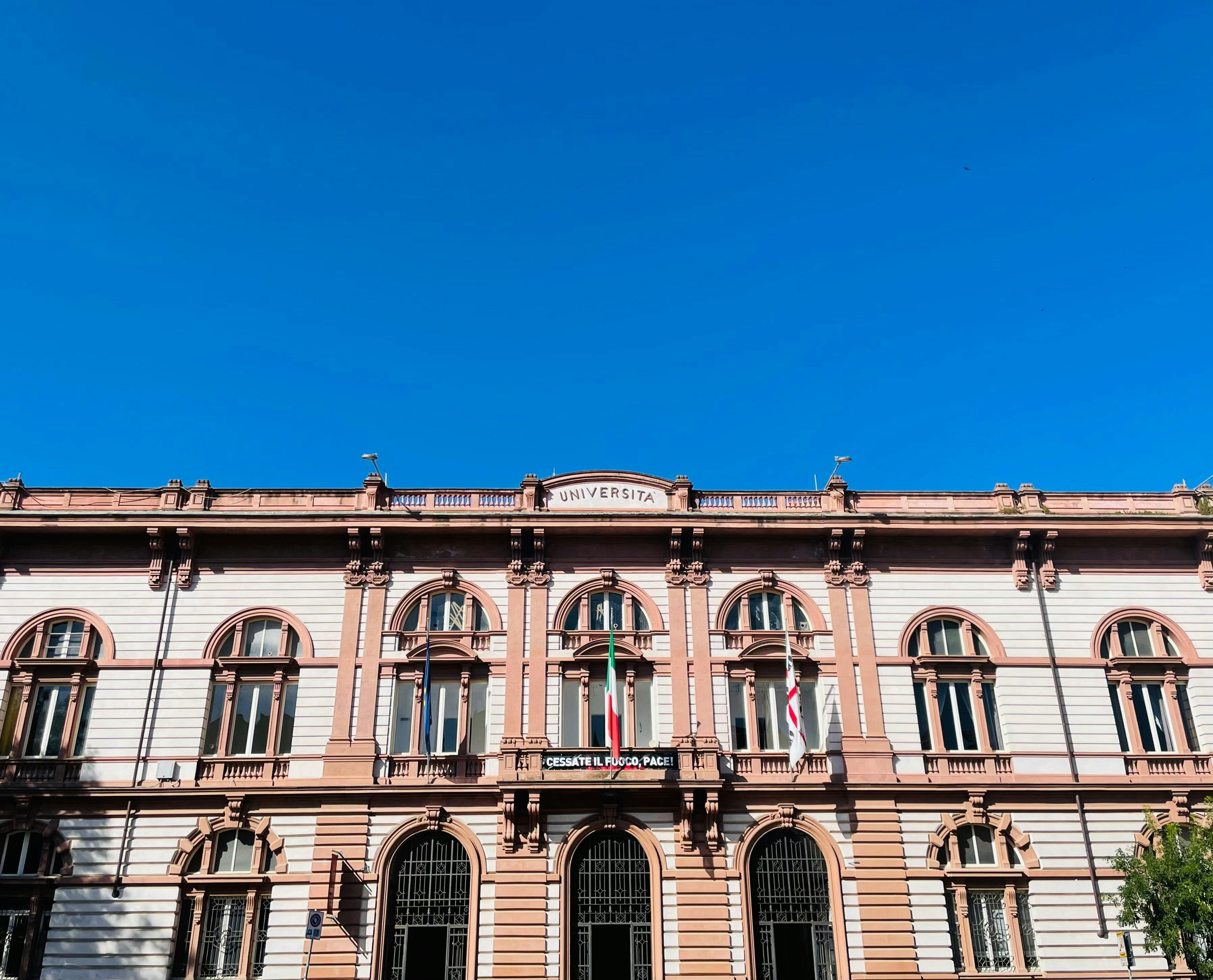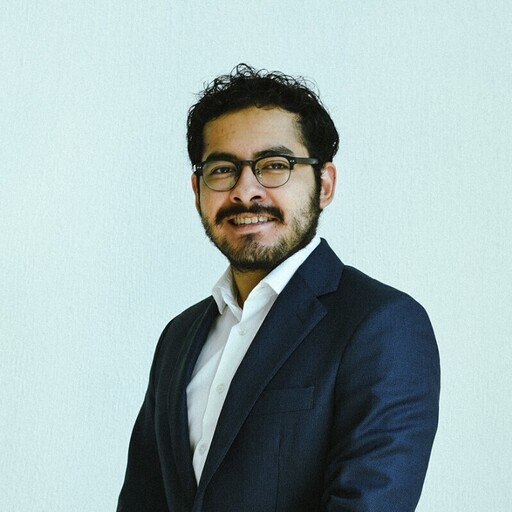Index
Receive our newsletter
If you’re planning to study in Italy (whether it’s for an exchange program, a full degree, or a master’s) it’s completely normal to have questions. While Italy is part of the European Higher Education Area, its university system has its own unique rules. From oral exams to how credits are structured and how class schedules work, there are a few things you’ll want to understand before you start. This guide breaks it all down clearly, without unnecessary jargon.
How is university structured in Italy?
Italy follows the three-cycle model established by the Bologna Process, which helps align degrees across European countries. The basic structure looks like this:
- Laurea triennale: This is the equivalent of a bachelor’s degree. It lasts 3 years and requires 180 ECTS credits to complete.
- Laurea magistrale: This is the master’s degree. It lasts an additional 2 years and adds 120 ECTS credits, bringing the total to 300.
- Dottorato di ricerca: This is the PhD program. It typically lasts between 3 and 4 years and requires completion of a master’s degree beforehand.
Some specific degrees (like Medicine, Law, or Architecture) are offered as single-cycle programs, which combine the bachelor’s and master’s stages into one continuous 5- or 6-year track. That means there’s no break between undergraduate and graduate studies, and students enter the full program from the start.
How do university credits work?
Like the rest of the European Higher Education Area, Italy uses the ECTS system (European Credit Transfer System). One full academic year equals 60 ECTS credits, and each credit typically represents 25 to 30 hours of student work. That includes:
- Attending lectures
- Required readings
- Exam preparation
- Assignments or internships
What’s uniquely Italian is the heavy emphasis on independent study. Some courses have only a few in-person sessions per week, and the rest of the workload is expected to be done on your own. That’s why students often form study groups or rely on class notes passed down from previous years.
Exams
The exam system in Italy might come as a surprise. Oral exams are extremely common, especially in humanities and social sciences. Instead of writing answers in a classroom, you sit face-to-face with the professor (sometimes with other students waiting nearby) and respond aloud to questions based on the syllabus.
A few things to know:
- Each course is graded out of 30 points.
- You need at least 18/30 to pass.
- If you perform exceptionally well, you may receive a 30 e lode — the highest distinction, similar to honors.
- If you fail, you can retake the exam without repeating the course or waiting an entire year. Most universities offer multiple exam dates (“appelli”) throughout the academic year.
While written exams are also used (especially in technical degrees) oral evaluations remain a key part of academic culture in Italy, even in master’s and doctoral programs.
Academic calendar
The Italian academic year is divided into two semesters:
- First semester: Usually from late September or early October to January.
- Second semester: From February to June.
Exams take place after each semester, but here’s what’s interesting: students can choose from multiple exam dates for the same course, depending on how prepared they feel. And if you’re not ready or fail one attempt, you can sign up for the next "appello". In practice, this gives you a lot of control over your academic rhythm.
During the summer months (July, August, and part of September), universities also offer special exam sessions for students who need to retake a course.
Class schedules
Unlike in many other countries, there’s no fixed weekly class schedule for the entire year. Courses are often delivered in modules that may be concentrated over a few weeks or spread out more regularly. That means:
- One month you might have intensive classes for a single subject.
- Another month you may have no classes and focus entirely on studying for exams.
Classes usually take place on weekdays. Depending on your university and program, you might have more or fewer hours of face-to-face teaching. In general, the system values student autonomy. While some courses require attendance, many others do not.
“Frequentante” vs. “Non frequentante”
Italian universities often distinguish between students who attend class regularly (“frequentanti”) and those who do not (“non frequentanti”). This can affect how your course is evaluated:
- Frequentanti may be required to complete assignments, give presentations, or take quizzes during the course.
- Non frequentanti typically study independently and take a final exam, sometimes with a different or more extensive reading list.
This flexible approach gives you the freedom to choose your learning style, but it also comes with more responsibility. There’s no single path to passing a course — it’s up to you to decide how to approach it.
A system that pushes you to adapt
What really defines the Italian university system is its flexibility. You can organize your exam schedule at your own pace, choose how to study, retake exams when needed, and adjust your academic calendar to fit your life.
But that flexibility also means there’s less structure overall. Don’t expect to get a detailed yearly calendar or a fully automated learning platform from day one. You’ll need to stay on top of deadlines, communicate with professors, check bulletin boards, and take initiative to navigate the system.
So... is it worth it?
Absolutely. Especially if you’re looking for more than just lectures. Studying in Italy also means learning how to manage your time, how to face professors directly in oral exams, and how to navigate a system that may feel unfamiliar at first. It might seem a bit chaotic at the beginning, but many students agree: you learn just as much outside the classroom as you do inside it.
Ready to book your first "appello"?








